There can be your advertisement
300x150
Balance of Minimalism and Comfort in Modern Interior Design
In the evolving field of interior design, achieving a delicate balance between minimalism and comfort has become truly desired. Modern interiors characterized by clean lines and neutral color palettes often risk appearing too sterile. The challenge lies in filling the space with a sense of warmth and coziness without losing aesthetics.
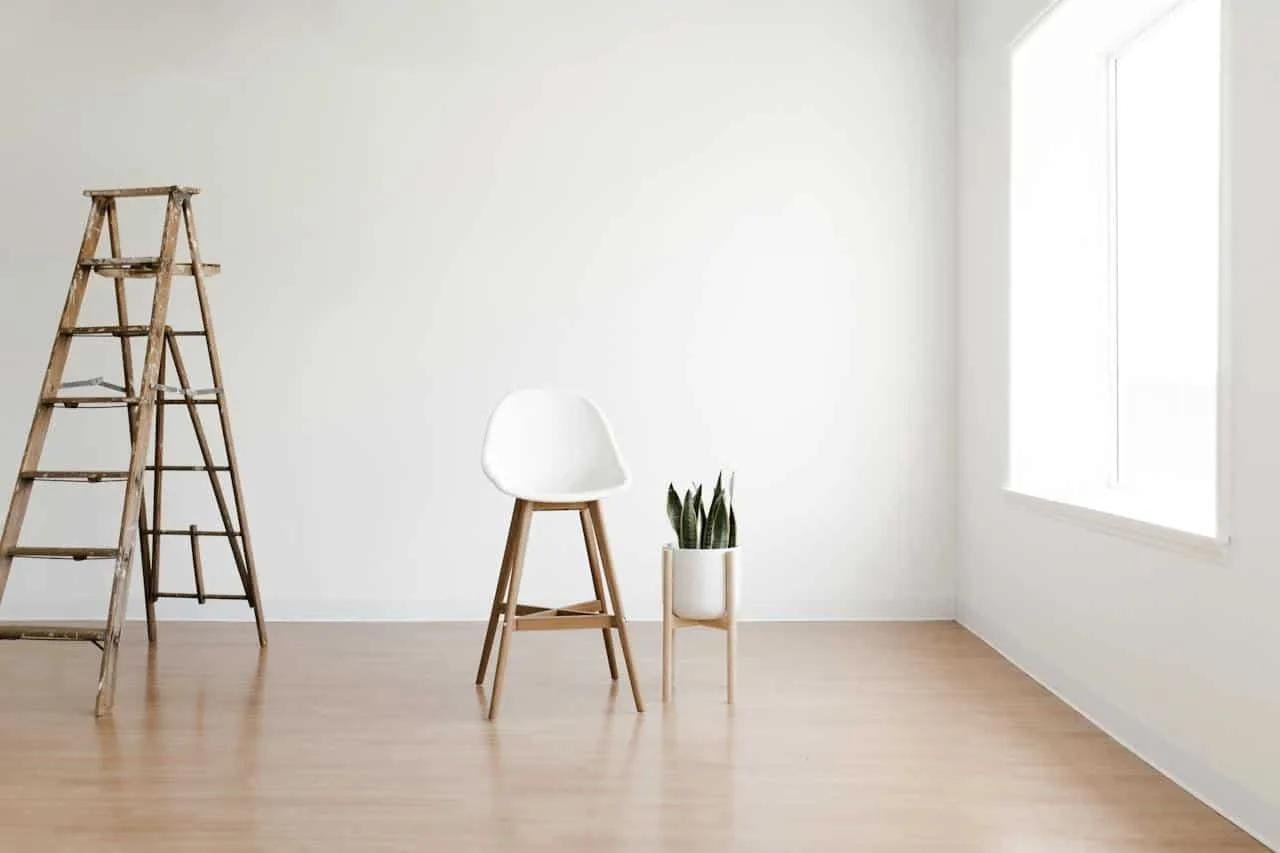
The Essence of Modern Interior Design
Modern interior design is an ode to simplicity and functionality. Spaces are carefully chosen, prioritizing clean lines and purposeful placement of elements, ensuring both aesthetic appeal and practicality. Emphasis on flawless spaces characterized by openness and neutral tones creates a calm atmosphere conducive to inner balance and order. Every element is selected with special attention, contributing to the creation of a vibrant space designed for visual pleasure as well as efficient functionality.
In the world of modern design, the pursuit of a serene atmosphere is strategically aimed at enhancing functionality and maintaining a free lifestyle. Unobstructed surfaces and open spaces become canvases for carefully selected elements, highlighting the importance of mindful choices. Thoughtful use of neutral colors enhances a feeling of calm and order, creating a cozy backdrop that allows relaxation in a visually neutral setting. Modern interior design becomes evidence of harmonious blend between simplicity and purpose, where each element plays its role in forming spaces for optimal efficiency and aesthetic appeal.

Finding the Right Balance
Success in modern interior design lies in the subtle combination of minimalism and comfort. While simplicity defines the aesthetics, integration of comfort elements is necessary. This delicate harmony is achieved through careful selection of furniture that combines form and function. Textures are used strategically to enrich the sensory experience, while personal accents add individuality. The result is an engaging interaction between the restrained elegance of minimalism and inviting comfort that defines balanced, contemporary living spaces.

Furniture as Functional Art
In striving to create a balanced living space, furniture plays a key role. Each piece should not only enhance the visual look of the room but also perform a practical function. Within modern design, furniture often showcases clean lines and innovative forms that seamlessly blend form and function.
The challenge is to thoughtfully select pieces that not only highlight the overall design style but also provide comfort in the space. For example, a small side table can be an illustration of this subtle harmony, subtly adding style and functionality to the living space.
Creating Warmth Through Texture
One way to add comfort in a minimalist space is through careful texture selection. Soft elements like rugs and cushions can add layers, inviting feelings of coziness and creating a sense of warmth. Additionally, using materials such as wood or natural fabrics can soften the sharpness often associated with minimalism.
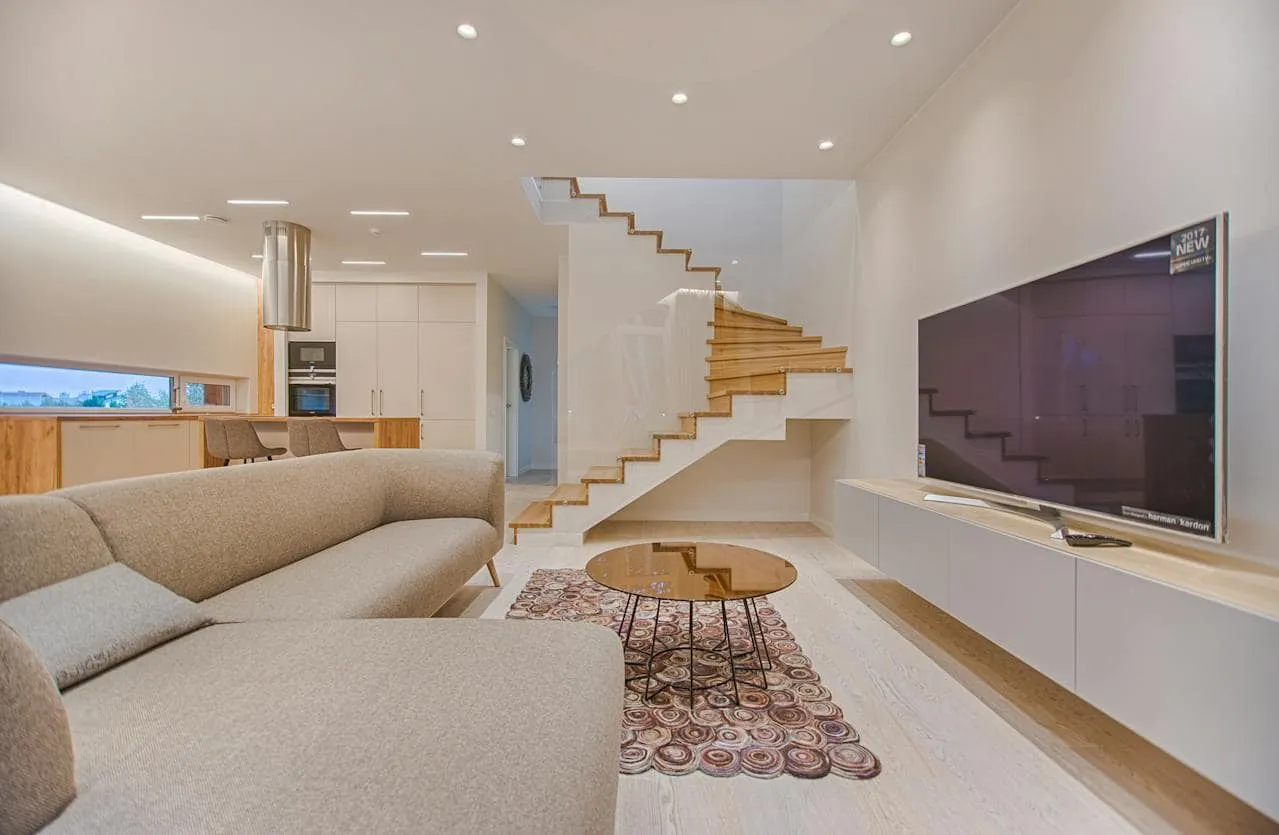
Personalization in Minimalism
Minimalism, with its focus on eliminating the unnecessary, does not require abandoning personal elements. It is a matter of mindful selection of items reflecting individuality. This can be expressed through carefully chosen furniture details, art, or decorative elements. Strategically incorporating such personal accents transforms the living space from simply reducing clutter into a unique and inviting sanctuary.
Adding Character to Minimalist Spaces
In minimalist design, adding personalization is like brushing a canvas. It's not about overloading but mindful selection. Thoughtfully chosen items become expressions of taste, while art and decorative elements serve as subtle manifestations of the owner's personality. Thus, personalization brings life to minimalist spaces, providing them with warmth and character while adhering to principles of simplicity and order.

Harmony Among Elements
In the realm of modern interior design, pursuing balance is a continuous journey. It involves mindful selection, strategic design decisions, and understanding that comfort does not oppose minimalism. Combining these elements, an interior can achieve perfect equilibrium, offering contemporary aesthetics that are both visually appealing and genuinely cozy.
More articles:
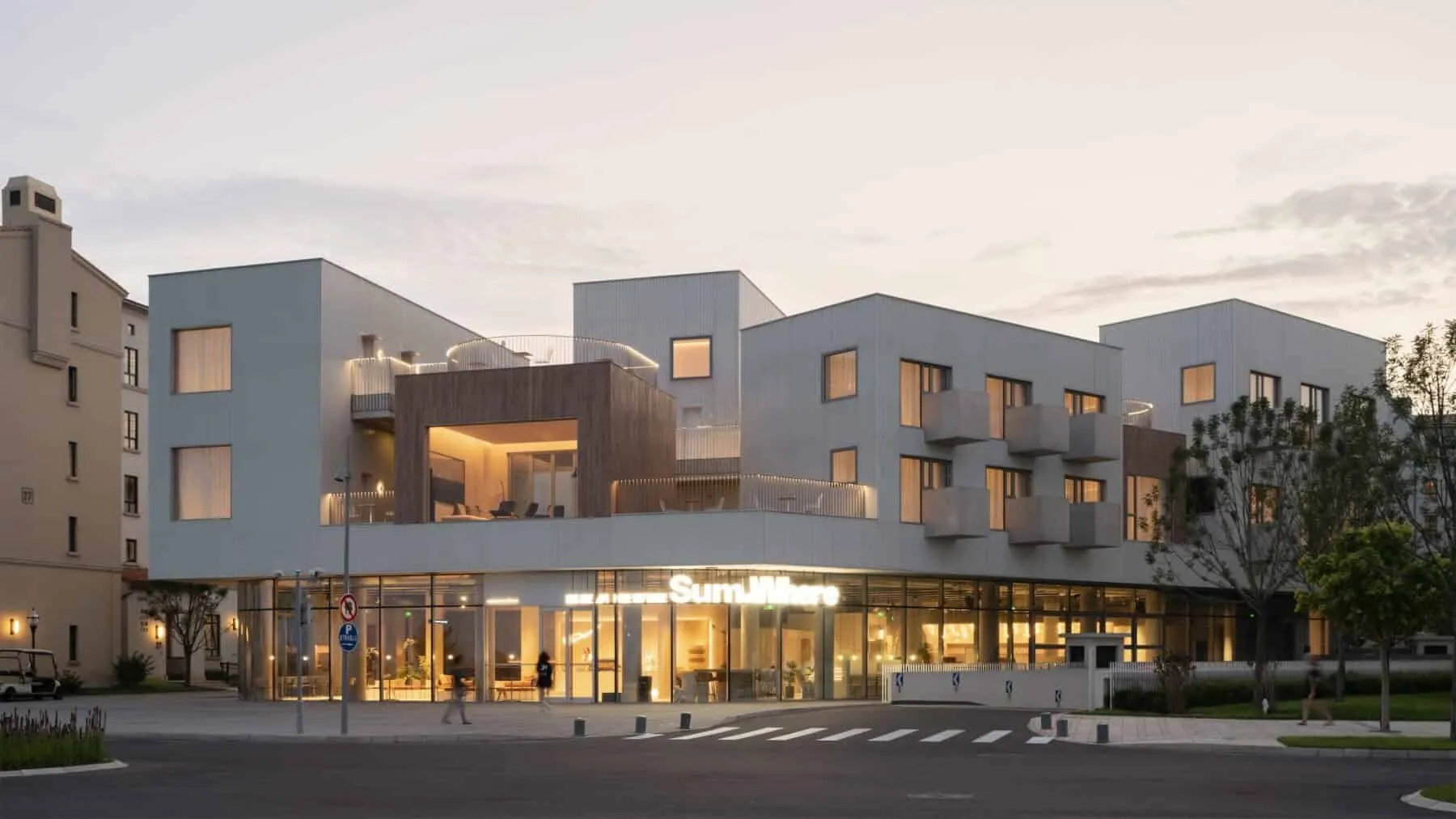 Aranya theTANG Hotel by B.L.U.E. Architecture Studio in China
Aranya theTANG Hotel by B.L.U.E. Architecture Studio in China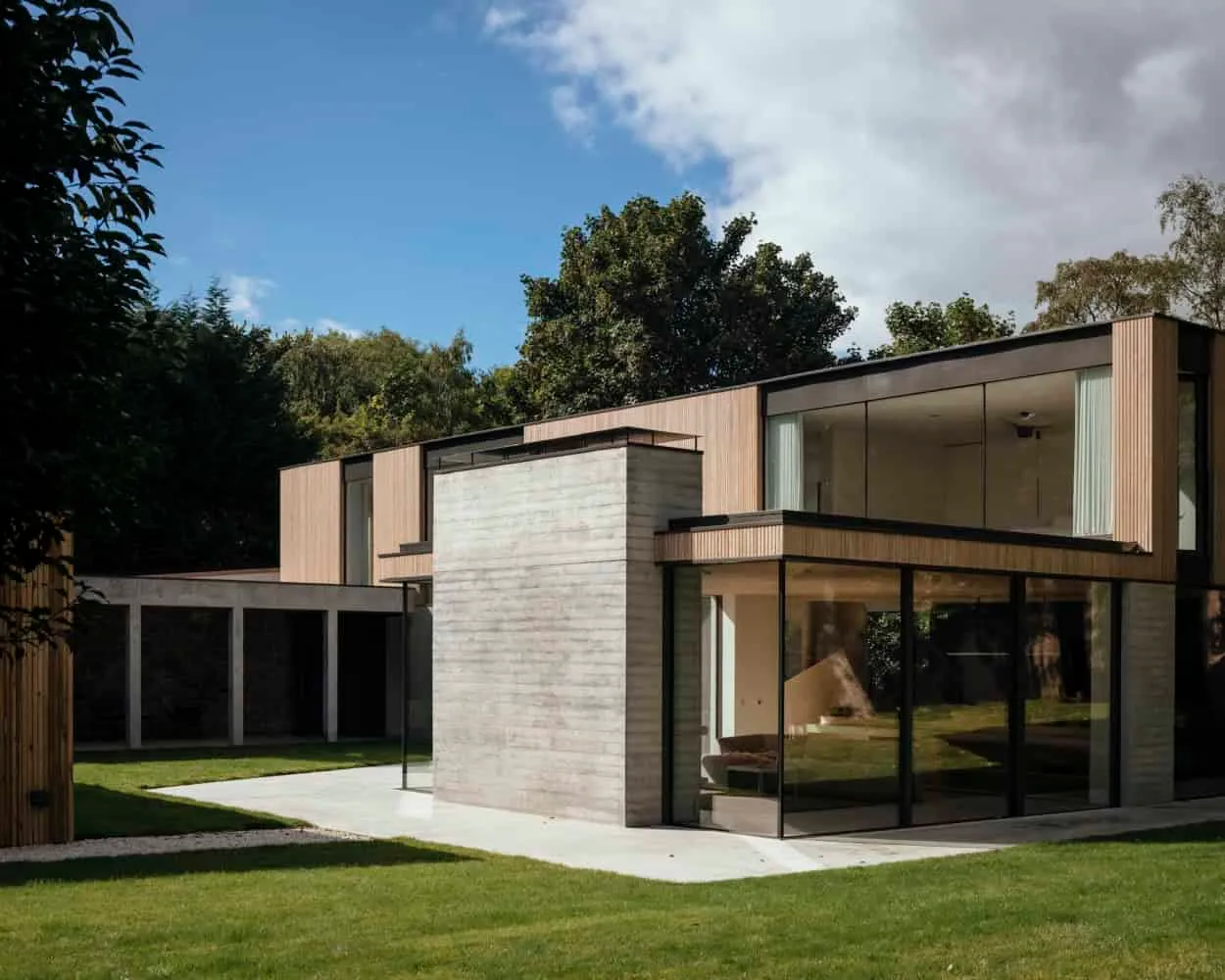 Arbor House by Brown & Brown Architects in Aberdeen, UK
Arbor House by Brown & Brown Architects in Aberdeen, UK Arçelik Content Studio by IGLO Architects in Kocaeli, Turkey
Arçelik Content Studio by IGLO Architects in Kocaeli, Turkey Arched Mirrors for Rounded Reflections
Arched Mirrors for Rounded Reflections Architectural Excellence in the Interior of Grand Apartment by YODEZEEN
Architectural Excellence in the Interior of Grand Apartment by YODEZEEN Architecture and Where You Live: Why Building Design Matters
Architecture and Where You Live: Why Building Design Matters Architectural Tips for House Design
Architectural Tips for House Design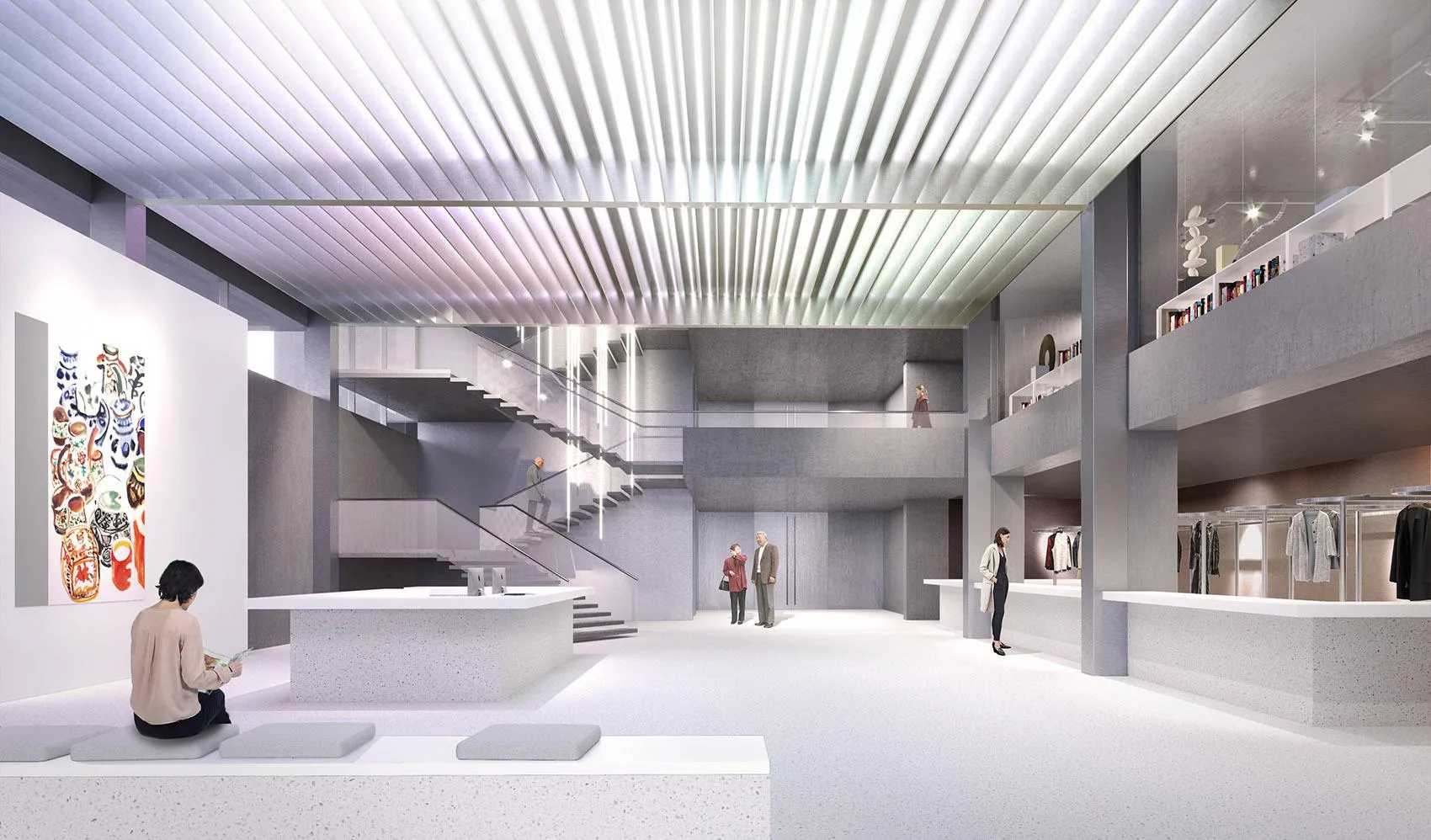 Arctic Museum of Modern Art in Norilsk Makes Top-8 Archdaily List
Arctic Museum of Modern Art in Norilsk Makes Top-8 Archdaily List